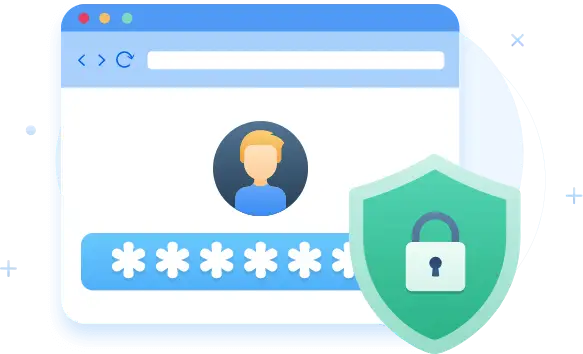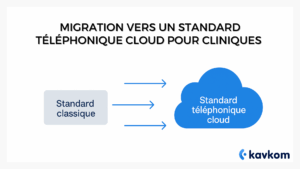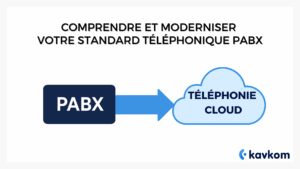IP telephony is the talk of the town. Nothing could be more normal, given that it is intended to replace the traditional system. This announced end has already begun. 2023 is sure to be the year of great change. Numerous companies have already taken the plunge and completed their migration without difficulty, appreciating the many benefits of this new system. If you haven’t already, it’s not too late. And if the information available online seems complex and somewhat nebulous, here’s an overview of this new system, designed to accompany your company into the future and its expansion.
If you want to understand the fundamentals fundamentals of IP telephony, how it’s defined and how it works consult our dedicated article.
The different IP telephony protocols and their practical application
To get the full picture of what IP telephony is all about, the first step is to understand the protocols involved. Some are aging and destined to disappear, just like traditional communications. Others, on the other hand, represent a major asset for professionals, and already seem to have a foothold in the world of tomorrow. A dematerialized world, more functional, less costly and certainly more efficient.
Find out more about the architecture of an IP telephony system system architecture, we invite you to read our detailed article.
SIP
SIP stands for Session Initiation Protocol. In practical terms, this is a reporting protocol. The purpose of this is to manage a communication session between several participants: session creation, any modifications, session closure. If we were to draw a comparison, SIP has many similarities with the HTTP protocol. With SIP, the company benefits from :
- call forwarding,
- call recording,
- optional music-on-hold,
- personalization of incoming calls,
- cross-platform integration,
- a conference option,
- identification of participants,
- an automated response service,
- HD quality for calls.
The H.323
The H.323 protocol enables a session to be modulated between several interlocutors, via an Internet network, in both audio and visual terms. The field of action is vast. However, this system is relatively outdated, and although efficient, it is gradually being replaced by SIP. The main reason for its decline is a lack of adaptability. Unlike its SIP counterpart, H.323 cannot be upgraded.
RTP
The RTP (Real Time Transport) protocol covers all audio and video transmission over the Internet. Developed in 1996, this system is widely used in two major sectors: leisure and communications. In practice, we find it in the world of streaming media and videoconferencing applications. RTP is designed to deliver an astronomical amount of data. This is where it differs slightly from the RTCP, with which it is often confused.
The TCP
Whereas RTP simply delivers a data packet, Real Time Transport Control Protocol (or RTCP) offers real-time statistics monitoring. Participants in a videoconference have access to feedback on the quality of the service in use. The information provided is varied:
- byte counting,
- packet counting,
- travel time,
- jitter.
SRTP
SRTP can also be called “Secure Real – Time Transport Protocol”. In practical terms, it’s a simple extension of RTP. Its function is to add high-performance security options. In this way, an authentication message can be sent. SRTP also offers :
- different privacy settings,
- a particularly flexible design,
- new encoding algorithms,
- anti-replay protection.
SDP
Session Description Protocol” refers to the set of parameters used to configure the exchange of media between two points. It is not possible to create a session between multiple participants. This protocol considerably restricts companies’ communications options.
SIP, the big winner?
If we look at the needs of businesses in a world where new technologies dictate the rules, it seems clear that only SIP is cut out to meet the major challenge of moving into the digital age. SIP offers outstanding quality for both audio and video exchanges, and is capable of handling numerous simultaneous sessions, including those with many participants. Switching to a SIP solution also means freeing yourself from hardware constraints. SIP devices are completely independent. For the company, the investment is limited to the purchase of an adapted modem. For teams, a quick training session is all it takes to get to grips with the entire system, making them more autonomous, independent, mobile and efficient.





